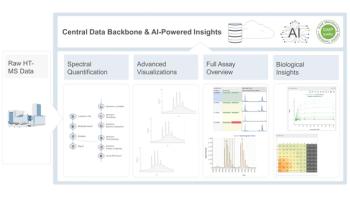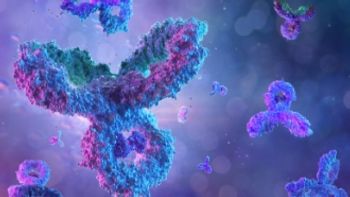
Using UHPLC-MS/MS to Test for Pesticides
Scientists from the Institute of Environmental Assessment and Water Research developed and optimized a method for determining various pesticides in human urine.
In a recent study from scientists at the Institute of Environmental Assessment and Water Research in Barcelona, Spain, scientists developed and optimized a method for determining various pesticides in human urine. Their findings were published in the Journal of Chromatography A (1).
Pesticides are ubiquitous pollutants of anthropogenic origin that are used in various activities, such as
Target and suspect screening methods, when applied to human urine samples, can provide a chemical characterization of pollutants such as pesticides, giving an idea of human exposures. Specifically, target methods based on liquid chromatography (LC) or gas chromatography (GC) are used to determine and quantify different sorts of pollutants of interest with a high sensibility and selectivity.
In this study, the scientists optimized an accurate and sensitive method for the determination of a total of 23 pesticides and metabolites in human urine. The methodology is based on a previously published method based on solid-phase extraction with methanol and acetone followed by ultra-performance liquid chromatography coupled to tandem mass spectrometry (UHPLC-MS/MS) in the selected reaction mode (SRM) with both positive and negative electrospray ionization (ESI+/-). The detection settings of the previous method, which allowed to determine the metabolites from 6 organophosphate and 2 pyrethroid pesticides, were optimized in order to include further pesticide groups, such as 11
Overall, the optimized method was satisfactorily validated regarding linearity, limits of detection, accuracy and precision. The method can analyze up to five categories of pesticides, encompassing neonicotinoids, carbamates/thiocarbamates, triazoles, organophosphates and pyrethroids with current or past use. This proposed method can be applied as a human biomonitoring tool in large population surveys for human health risk assessment.
References
(1) Bustamente, C. M.; Bravo, N.; Ruiz, P.; Grimalt, J. O.; Garí, M. Method Optimization for a Simultaneous Determination of Neonicotinoid, Carbamate/Thiocarbamate, Triazole, Organophosphate and Pyrethroid Pesticides and Their Metabolites in Urine Using UPLC-MS/MS. J. Chromatogr. A 2024, 1730, 465054. DOI:
(2) Human Health Issues Related to Pesticides. US EPA 2023.
(3) Researchers’ Novel Tool to Help Develop Safer Pesticides. ScienceDaily 2022.
Newsletter
Join the global community of analytical scientists who trust LCGC for insights on the latest techniques, trends, and expert solutions in chromatography.





